How Many Satellites Are Orbiting Earth? The Shocking Answer!
Last Updated on
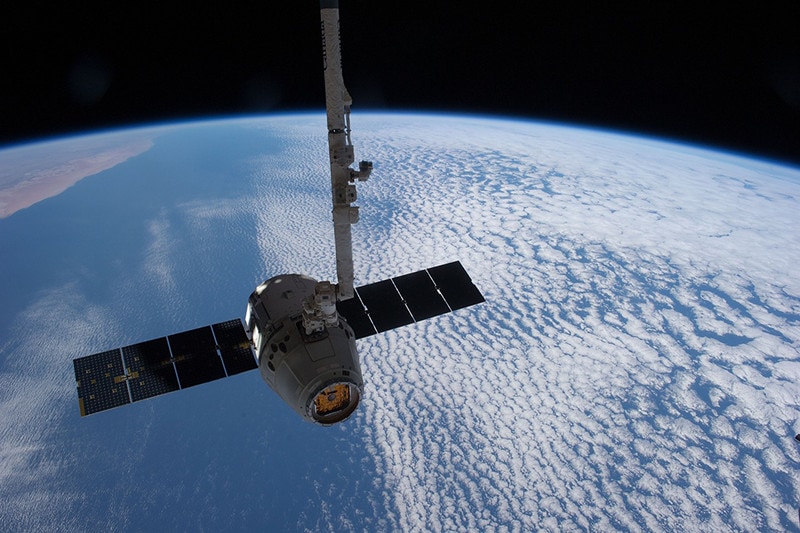
Humans have always looked to the sky, wondering and speculating about what was there. That’s why the ancient peoples identified five planets out of our Solar System. If they were visible, they named them, something that the International Astronomical Union (IAU)1 has since done officially. They handle the naming of the existing bodies orbiting the Sun. However, that’s not the only thing up there.
It began in 1957 when the Soviet Union launched Sputnik 1, beating the United States to the punch by less than 4 months. The distinguishing factor is that it wasn’t a natural satellite but an artificial one. These celestial bodies don’t last forever. That means the number of satellites is a moving target, especially considering that owners continually launch them.
So, how many satellites are in space? According to the Union of Concerned Scientists (UCS)2, there are currently over 4,852 satellites in Space orbiting the Earth alone. That includes the active crafts and not any non-operational satellites. The total number, though, is about 7,941.3 The United Nations’ Outer Space Objects Index maintains this data as per the 1974 Convention on Registration of Objects Launched into Outer Space.4

The Definition of a Satellite
Satellites are either natural or artificial. The Moon is an example of the former. The United States’ Galaxy crafts are part of the latter group. The UN’s resolution states that objects launched into space are for peaceful purposes only. The index helps to ensure accountability and transparency.
A few of these crafts become artificial satellites of other planets. For example, the Mars Reconnaissance Orbiter has been orbiting the Red Planet since August 2005. These space probes gather valuable information and sometimes specimens from the objects they target. However, there’s more to the story. Let’s delve a bit deeper into other pressing questions, such as who owns the satellites.
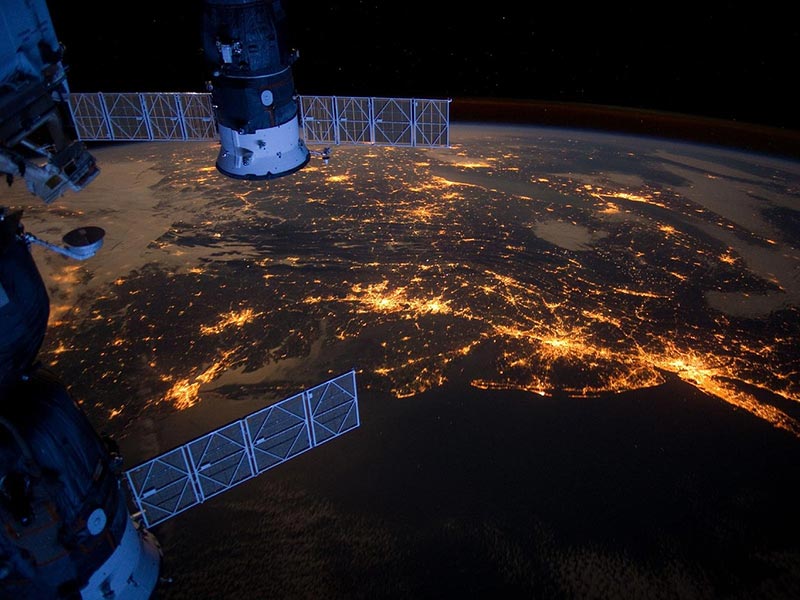
Countries and Organizations Running the Show
Seventy-five countries have at least one satellite. The United States has the most by far at 2,944. China is a distant second at 499 crafts. Russia is third with 169. Many assume that only national governments launch satellites. The reality is a different story. The primary users of US crafts and numbers include:
- Military (230)
- Government (168)
- Commercial (2,516)
- Civil (30)
Some of the US military operators-owners are:
- National Reconnaissance Office (NRO)
- US Air Force
- Aerospace Corporation
- US Air Force Institute of Technology
- Naval Research Laboratory
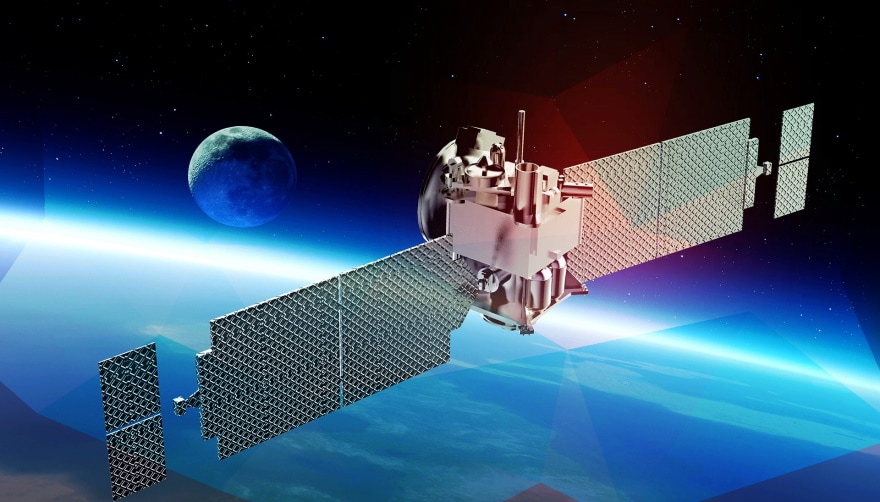
Government entities include:
- Department of Homeland Security
- Center for Atmospheric Sciences, Hampton University/NASA
- Defense Innovation Unit/Cesium Astro
- University of Michigan/NASA Earth Science Technology Office
- Los Alamos National Laboratory
Civil operators consist of universities and other research bodies. Commercial owners run the gamut from businesses like DirectTV, Globalstar, and Starlink to others like Amazon. Multinational satellites also exist.
The Purpose of a Satellite
The expense, compliance, and red tape of launching a satellite point to some lofty purposes for these crafts. The UCS Satellite Database offers some interesting insights into the role of satellites in a variety of industries. Some of the typical functions include:
- Earth observation
- Technology development
- Communications
- Space science
- Optical imaging
- GPS
- Meteorology
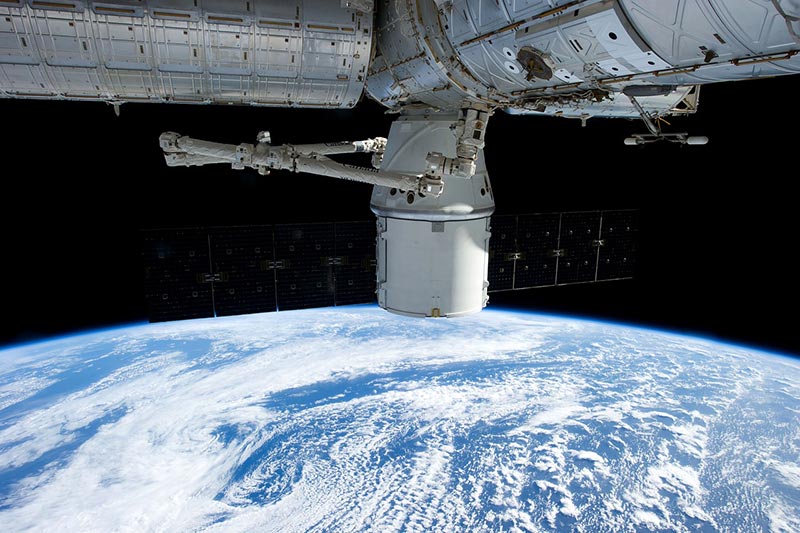
Satellite Classifications
The database classifies satellites with several parameters. Many are exploratory in nature as astronomical crafts. Space stations are multi-functional. There are also biosatellites not unlike Sputnik 2 with its doomed canine passenger, Laika. Many serve useful purposes, like the many weather satellites launched into space. Some are pro-active, such as the Earth observation satellites that benefit all.
Altitude Ranges
Satellites are also assigned an altitude based on their distance above the Earth. Low Earth Orbit (LEO) is 112–1,200 miles above the planet. Their relatively close distance makes them ideal for communication. Medium Earth Orbit (MEO) ranges from 1,200–22,236 miles high. Their higher vantage points make them an excellent choice for GPS.
Geosynchronous orbit (GEO) uses a geocentric circular orbit at an altitude of 22,236 miles that matches the Earth’s rotation, giving them a fixed position. Owners manage this type for surveillance and weather monitoring. High Earth Orbit (HEO) travels over 22,236 miles above the planet. They are also geosynchronous for monitoring weather and solar activity.
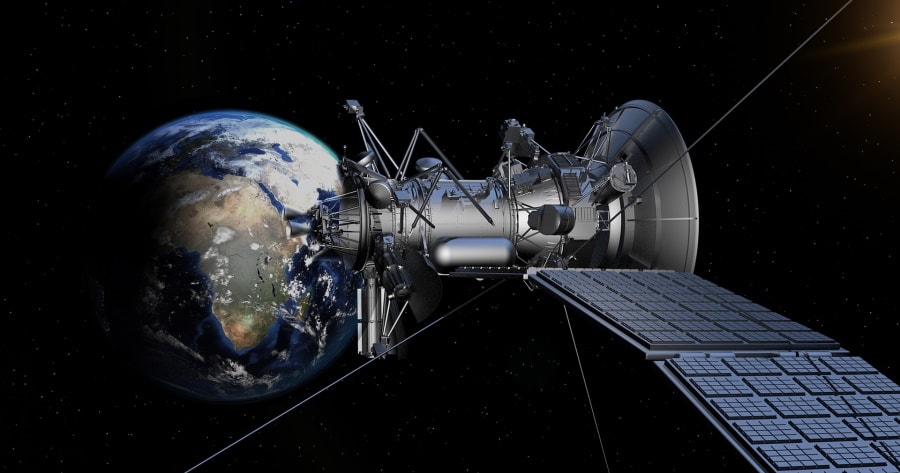
The Future of Satellites
As you’ve probably guessed, a looming problem exists with satellites. Even though our Solar System is vast, the goal isn’t to fill it with artificial spacecraft. It could affect how well they function for their given purposes. There’s also a risk of damage to other satellites, not to mention the debris falling to the Earth and its potential consequences.
What’s clear is that the issue isn’t going to go away before it gets worse. There’s a lack of agreement on how to manage the mounting space junk. It could impact future exploration, a sobering warning voiced by Donald Kessler, a retired NASA senior scientist in the late 1970s. The international community must reach a consensus for managing astronomical waste.
Final Thoughts
Satellites are a fascinating example of the reaches of advancing technology. We live in a safer world because of the weather monitoring and other benefits they offer. We’ve learned more about our Universe and other planets in our Solar System. However, increasing numbers of satellites pose challenges and future threats to the very things they provide for humanity.
It behooves the international community to make the conversation about the mounting space debris a priority. A failure to take action can cripple existing installations and the safety of the Earth’s inhabitants. The UN’s resolution needs an additional chapter to address the future of the space programs of all countries and stakeholders.
Featured Image Credit: SpaceX-Imagery, Pixabay
About the Author Chris Dinesen Rogers
Chris has been writing since 2009 on a variety of topics. Her motto with all of her writing is “science-based writing nurtured by education and critical thinking.” Chris specializes in science topics and has a special love for health and environmental topics, and animals of all shapes and sizes.
Related Articles:
Can You Use Binoculars to Look At Stars? How to Choose the Right Pair
15 Crucial Facts About Ultraviolet Rays & the Sun
What Constellation Is Spica In? The Interesting Answer!
10 Interesting Leo Constellation Facts, Myths, and FAQs
15 Interesting Pegasus Constellation Facts, Myths, and FAQs
6 Interesting Sagittarius Constellation Facts, Myths, and FAQs in 2024!
What Are Constellations? Where Did They Come From?
8 Interesting Libra Constellation Facts, Myths, and FAQs
